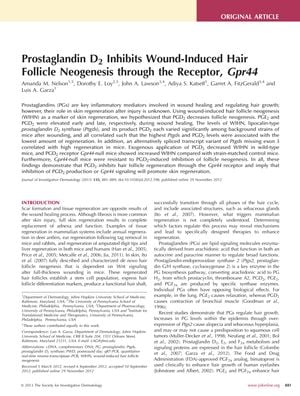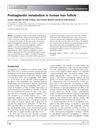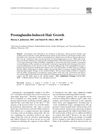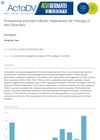Prostaglandin D2 Inhibits Wound-Induced Hair Follicle Neogenesis Through the Receptor Gpr44
November 2012
in “
Journal of Investigative Dermatology
”

TLDR Prostaglandin D2 blocks new hair growth after skin injury through the Gpr44 receptor.
The study from April 1, 2013, explored the impact of Prostaglandin D2 (PGD2) on the regeneration of hair follicles after skin injury in mice, focusing on the Gpr44 receptor. The researchers discovered that higher levels of PGD2 and its synthase (Ptgds) were associated with reduced hair follicle regeneration during the later stages of wound healing. Conversely, a splice variant of Ptgds lacking exon 3 correlated with increased regeneration. Application of PGD2 to wild-type mice reduced hair follicle neogenesis, while Gpr44-null mice exhibited increased regeneration and resistance to PGD2's inhibitory effects. The study, which included sample sizes ranging from 5 to 31 mice per genotype, suggests that the PGD2-Gpr44 pathway could be a therapeutic target for enhancing skin regeneration and treating hair loss conditions.




